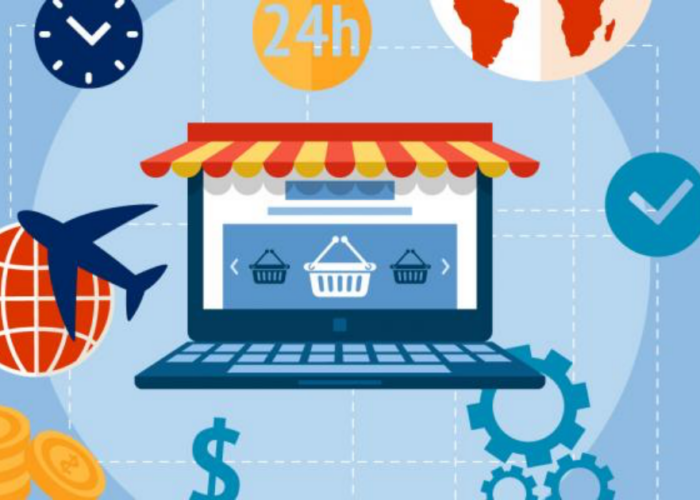In recent years, the rise of e-commerce has dramatically changed the way we shop. More and more people are turning to online retailers for their purchases, leaving traditional brick-and-mortar businesses struggling to stay afloat. In this article, we will explore the impact of e-commerce on traditional businesses and discuss the ways in which they can adapt to survive in an increasingly digital world.
The Rise of E-Commerce
The rise of e-commerce has been nothing short of remarkable. In 2020, global e-commerce sales reached $4.28 trillion, a 27.6% increase from the previous year. This trend shows no sign of slowing down, with e-commerce projected to account for 22% of all retail sales worldwide by 2023.
One of the main drivers of the e-commerce boom is the convenience it offers. Online shopping allows consumers to browse and purchase products from the comfort of their own homes, with the added benefit of being able to compare prices and read reviews before making a purchase.
The Impact on Brick-and-Mortar Businesses
While e-commerce has been a boon for online retailers, traditional brick-and-mortar businesses have been hit hard. Many small businesses have been forced to close their doors due to increased competition from online retailers, while others have had to invest heavily in their online presence to stay relevant.
One of the main challenges facing brick-and-mortar businesses is the need to adapt to changing consumer behavior. As more and more people turn to e-commerce, traditional businesses must find new ways to attract customers and differentiate themselves from online retailers.
Another challenge is the cost of maintaining a physical store. Rent, utilities, and staffing costs can add up quickly, and many businesses simply cannot afford to compete with the lower overhead costs of online retailers.
Adapting to the Digital Age
Despite the challenges they face, traditional brick-and-mortar businesses can still thrive in the digital age. One way they can do this is by embracing e-commerce themselves. By creating an online store, traditional businesses can reach a wider audience and offer their customers the convenience of online shopping.
Another strategy is to create a more personalized in-store experience. By offering a unique and memorable shopping experience, brick-and-mortar businesses can differentiate themselves from online retailers and build a loyal customer base.
Many businesses are also finding success by using technology to enhance their in-store experience. For example, some retailers are using augmented reality (AR) and virtual reality (VR) to create immersive shopping experiences that allow customers to try on clothes or visualize furniture in their homes before making a purchase.
Conclusion
The rise of e-commerce has had a profound impact on traditional brick-and-mortar businesses. While the challenges facing these businesses are significant, there are still opportunities to adapt and thrive in the digital age.
By embracing e-commerce, creating a personalized in-store experience, and using technology to enhance the shopping experience, brick-and-mortar businesses can stay competitive and attract new customers. Ultimately, the key to success in the digital age is to be adaptable, creative, and willing to embrace change.




